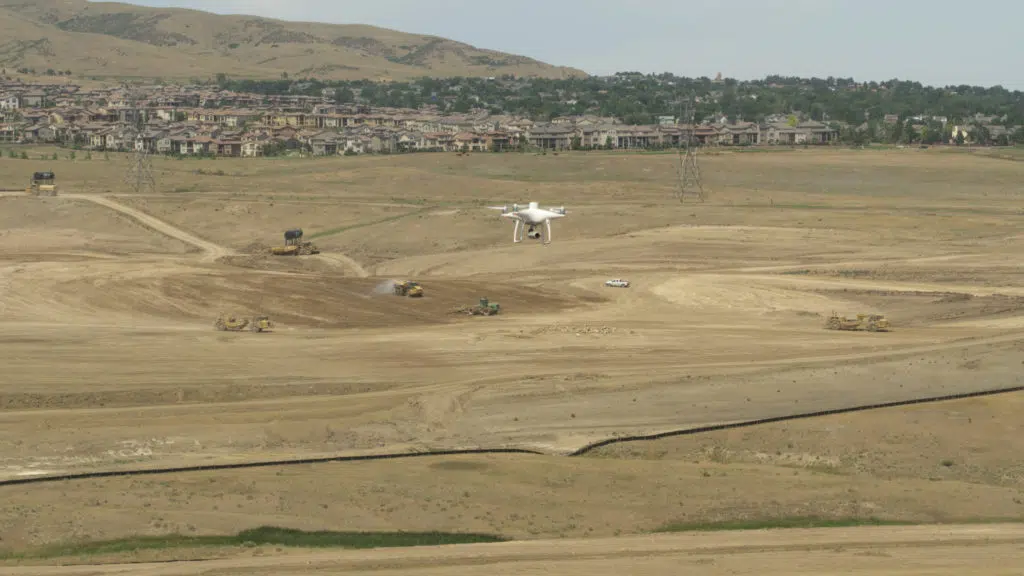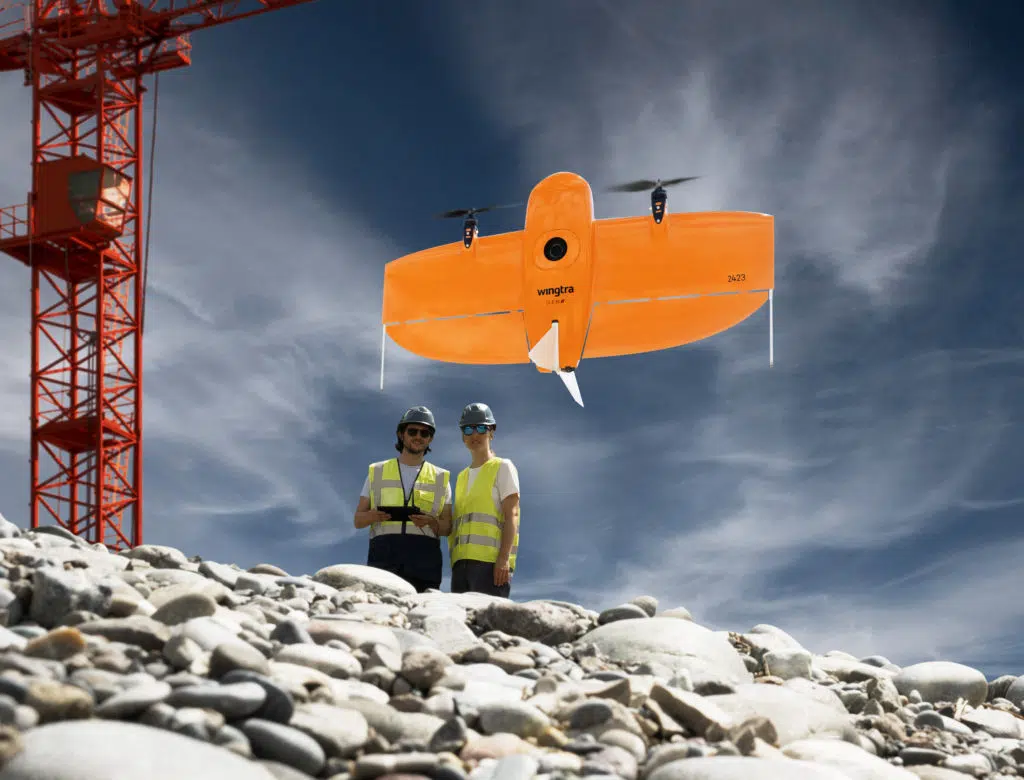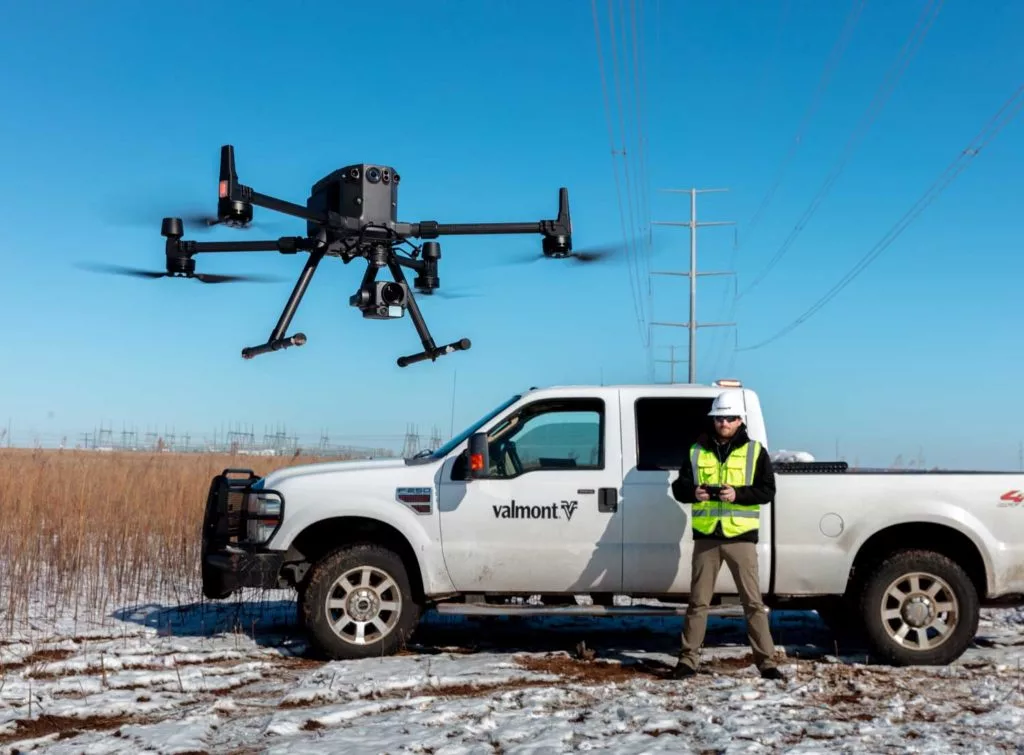Key Factors to Consider When Selecting a Drone for Your Earthworks Business
Commercial drone use for site mapping and analytics has significantly transformed the earthworks and construction industries in recent years. The technology has advanced such that investing in a drone program for your worksite simply makes good business sense. Maybe you’ve decided this is the way to go for your business, but have some questions concerning how to choose a drone.
As you may have guessed, professional drones are not a one-size-fits-all investment. Depending on factors such as worksite size and location, for example, you will have a few options to choose from when selecting your first drone. In this article, we’ll take a look at a few of those considerations, including:
- Size and location of your job site
- Best camera
- Budget
- Battery life

Size and location of your job site
Multirotor models are highly accessible for new drone pilots and easier to operate and fly missions with, partly because of their hovering capability. They also are lower on the price spectrum compared to fixed-wing drones. If you’re surveying an area less than five acres or a built-up area, a multirotor drone, such as DJI’s Phantom 4 RTK, may be the practical choice for you.
Sites with strict flight constraints are also better suited to multirotor drones that can stay strictly within a fixed airspace more easily. Likewise for bridges or pipelines where the underlying structure needs to be captured in greater detail.
If your site is larger and more complex, DJI’s more powerful and versatile Matrice 300 RTK may better meet your needs with its greater battery life for longer flying time, more durable construction, and advanced features.
Although multirotor drones are commonly used for surveying, fixed-wing drones also have unique capabilities (usually including a powerful camera) for mapping larger sites. Fixed wing and vertical takeoff and landing (VTOL) units are typically larger drones and have a higher entry cost. Because these premium drones are very effective at capturing large areas in a much shorter time, they are suitable for surveying large-scale projects such as highways, industrial complexes, or mines.
VTOL fixed-wing drones like the WingtraOne GEN II have propellers that allow them to hover and take off and land vertically like a helicopter, yet their flight path is similar to an airplane. VTOL fixed-wing drones allow you to conduct large-scale drone surveys with precise data quality, in a fraction of the time you might spend using a quadcopter. Also, large worksites (e.g., mining or road projects) or sites located in dense urban areas can benefit from using VTOL drones to collect the data they need quickly, accurately, and safely.

Camera selection
A good camera for surveying should have a 20 megapixel (or better) sensor. Higher camera resolution will provide a greater degree of image contrast so you can produce better 3D models. You’ll also be able to capture more details on a specific object like a stockpile. Both fixed-wing and multirotor drones offer high-quality cameras with varying shutter speeds capable of achieving results that are accurate within two to three centimeters. While the DJI Phantom 4 RTK has only one camera option, the Matrice 300 RTK*, WingtraOne GEN II, and other fixed-wing drone manufacturers offer multiple camera options, so you’re able to dial in the resolution best for you.
*Presently, Propeller’s PPK processing solution only supports the DJI Zenmuse P1 35mm for Matrice 300 RTK drone.
Budget
Your budget will obviously be a determining factor in the drone you choose. Fixed-wing and VTOL drones can range in cost from $25,000 – $30,000, while the cost of a multirotor drone is less, ranging closer to between $8,000 – $18,000.
Multirotors tend to have a shorter lifespan since they have more moving parts that may be less durable than what you’d find on a more expensive drone (i.e., fixed wing). Depending on frequency of use, you might end up replacing your multirotor in a few years. Fixed-wing drones are more costly, but their design and construction mean that they’ll last longer.

Other factors to consider
If you only have a few acres to cover during each mission, the battery life may not be as big of a priority. Most drones on the market will provide you enough time in the air with some battery charge time to spare. However, it’s important to note that battery life is generally less for multirotor drones than fixed wing models, as they rely on their rotors to generate both lift and propulsion.
If you’re surveying larger sites, battery life is a more important consideration. Shorter battery life leads to more downtime to swap batteries and an increased need to haul a crate full of batteries with you to your site, possibly limiting your productivity and diminishing your drone flying experience.
Another factor to consider is drone weight class licensing. Depending upon your region’s regulations, obtaining a license to fly a heavier VTOL or fixed-wing drone may require more specific training.
New to drones?
If you’re just getting started with drones, DJI’s Mavic Air 2 may be a great option. It offers advanced features like intelligent photography functions and excellent image quality. It’s safe flight capabilities will enable you to build your drone flying and navigation skills in no time. However, Propeller doesn’t support consumer drones at this level, as the cameras’ images are not precise enough for surveying, and they can’t deliver the level of accuracy our customers depend on.
Instead we suggest a quadcopter, like the Phantom 4 RTK for smaller worksites, especially if you’re new to flying drones for surveying. The image quality will be optimal and your flight times will be long enough to accommodate your sites. If you are regularly flying large, open worksites, or if speed is a concern, a VTOL UAV may be a better choice for you.
Once you’ve selected a new drone that works for you, what’s the next step?




